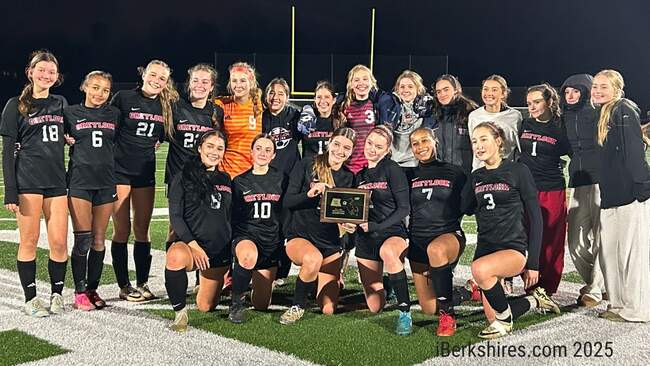Op-Ed: Teen Job Market in Crisis
In the 1990s, many young people worked both year-round and seasonally in communities across Massachusetts — in construction, retail, finance, parks and playgrounds, and community centers.Today, however, the level of national joblessness for teens is greater than at any time over the past 60 years, and this summer will produce a new record unemployment rate unless we take action now.
The collapse of the teen labor market has affected all demographic and socioeconomic groups. There are, however, large gaps in teen employment rates across race-ethnic and income groups. During an average month in 2007 only 20 percent of black teens across the nation had jobs versus 30 percent of Hispanics and 40 percent of white non-Hispanics.
The teen job market in Massachusetts has also collapsed since the late 1990s. Despite modest growth in overall payroll employment, the state's teen employment rate last year was only 38 percent, a 30-year low. The state is no longer a national leader in the employment of teens, whether in school or out of school.
There are many reasons to care about rising youth joblessness. Path dependency is strong in teen employment behavior. The more teens work this year, the more they work next year. Less work experience today leads to less work experience tomorrow and lower earnings down the road. Disadvantaged teens who work in high school are more likely to remain in high school than their peers who do not work.
Teens who work more in high school have an easier transition into the labor market after graduation. National evidence shows that pregnancy rates for teens are lower in metropolitan areas where employment rates for teen girls are higher.
Congress had an opportunity to boost teen and young adult employment this year when it passed a fiscal stimulus package to boost consumer spending. Yet despite efforts led by Sen. Edward Kennedy, D-Mass., and evidence that job creation programs have been found to be most effective in creating net new jobs for teens, particularly low-income teens, the White House and the congressional leadership killed the proposal to add $1 billion to create jobs for teens and unemployed young adults.
There are a variety of work-force development strategies that can be pursued to boost teen employment opportunities this year.
First, the summer youth employment program funded by Congress for the past 35 years to create jobs in the nonprofit and public sectors, should be reinstituted with an appropriation of at least $1.5 billion. Funds also could be used by state and local Regional Employment Boards to subsidize jobs for teens in the private-for-profit sector.
On behalf of the city of Pittsfield, the Berkshire County Regional Employment Board has been implementing the Summer Youth Works program that has provided 150 summer jobs over the past four years to at-risk youth and will be receiving $75,000 this summer to connect another 38 youth to private and public employment opportunities.
Second, the existing network of One-Stop Career Centers should place a priority to recruit and place teens in jobs. Berkshire Works' WIA Title I program has provided another 250 employment opportunities over the past 10 years to help at-risk youth access employment.
Third, recent efforts by Gov. Deval Patrick's administration to create year-round jobs for youth should be expanded in every region of the commonwealth and supported by the Legislature. The Berkshires has received $34,000 to help nine at-risk youth this spring.
Fourth, state funding for School to Career Connecting Activities programs that support local work-force boards to develop year-round and summer intern jobs for high school teens should be expanded to boost access to a wider variety of jobs in the state's economy. About 500 youth participate in the Connecting Activities internship program each year which shows the value of work and learning experiences.
This internship program is offered in every high school in Berkshire County with 75 percent being paid, 100 percent receiving academic credit, and an 85 percent success rate.
The U.S. Bureau of Labor Statistics preliminary payroll numbers for February are down 63,000 jobs from the previous month. The governor must provide leadership to engage Congress, the business community, and elected officials to aggressively work with Berkshire County to recruit jobs for teens in private sector firms. Young people are leaving Massachusetts in record numbers. The state needs to make youth joblessness a priority in order to keep them here.
Andrew Sum is director of the Center for Labor Market Studies at Northeastern University. Heather Boulger is executive director of the Berkshire County Regional Employment Board.















